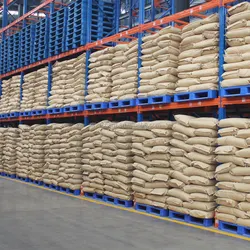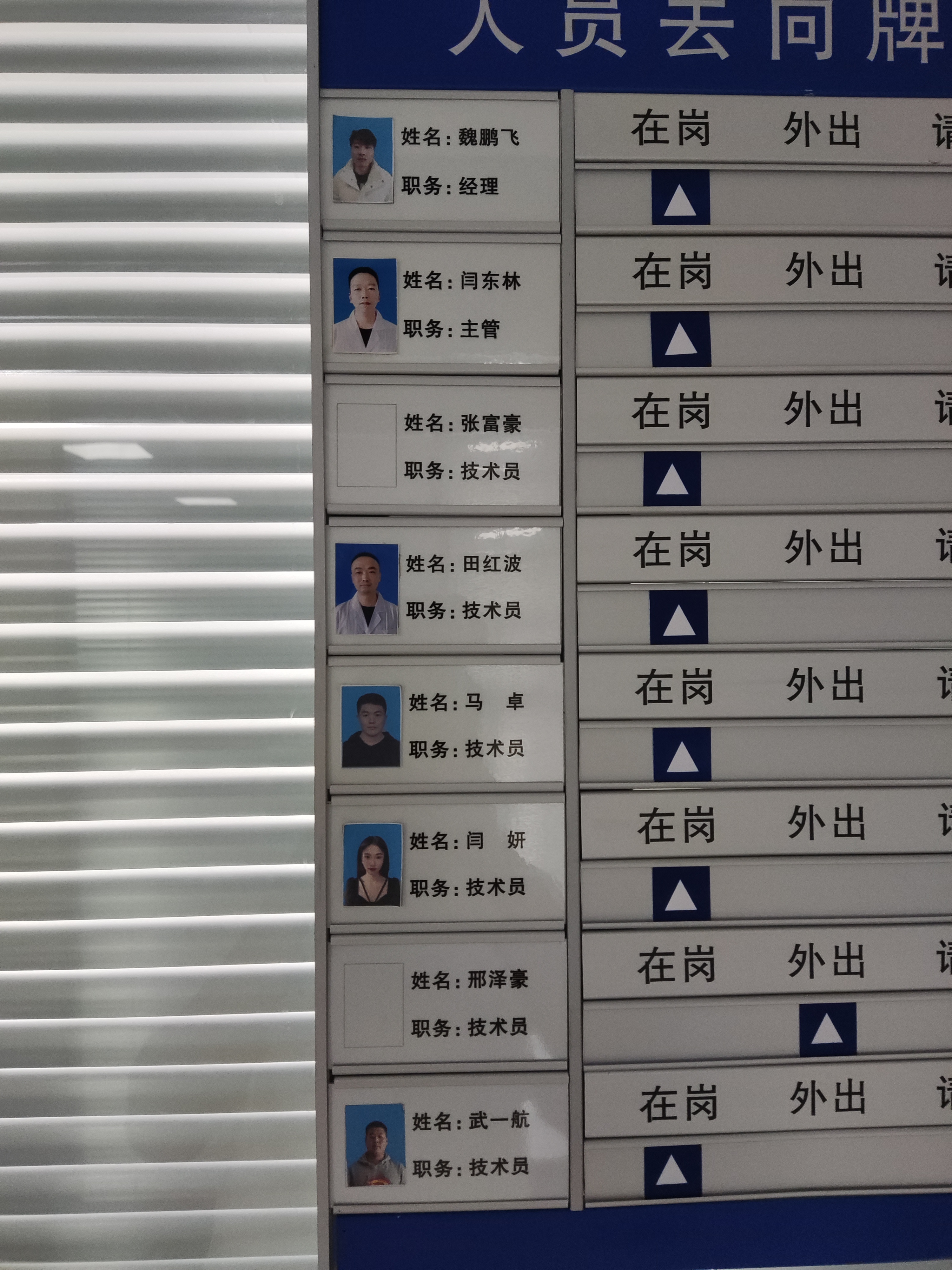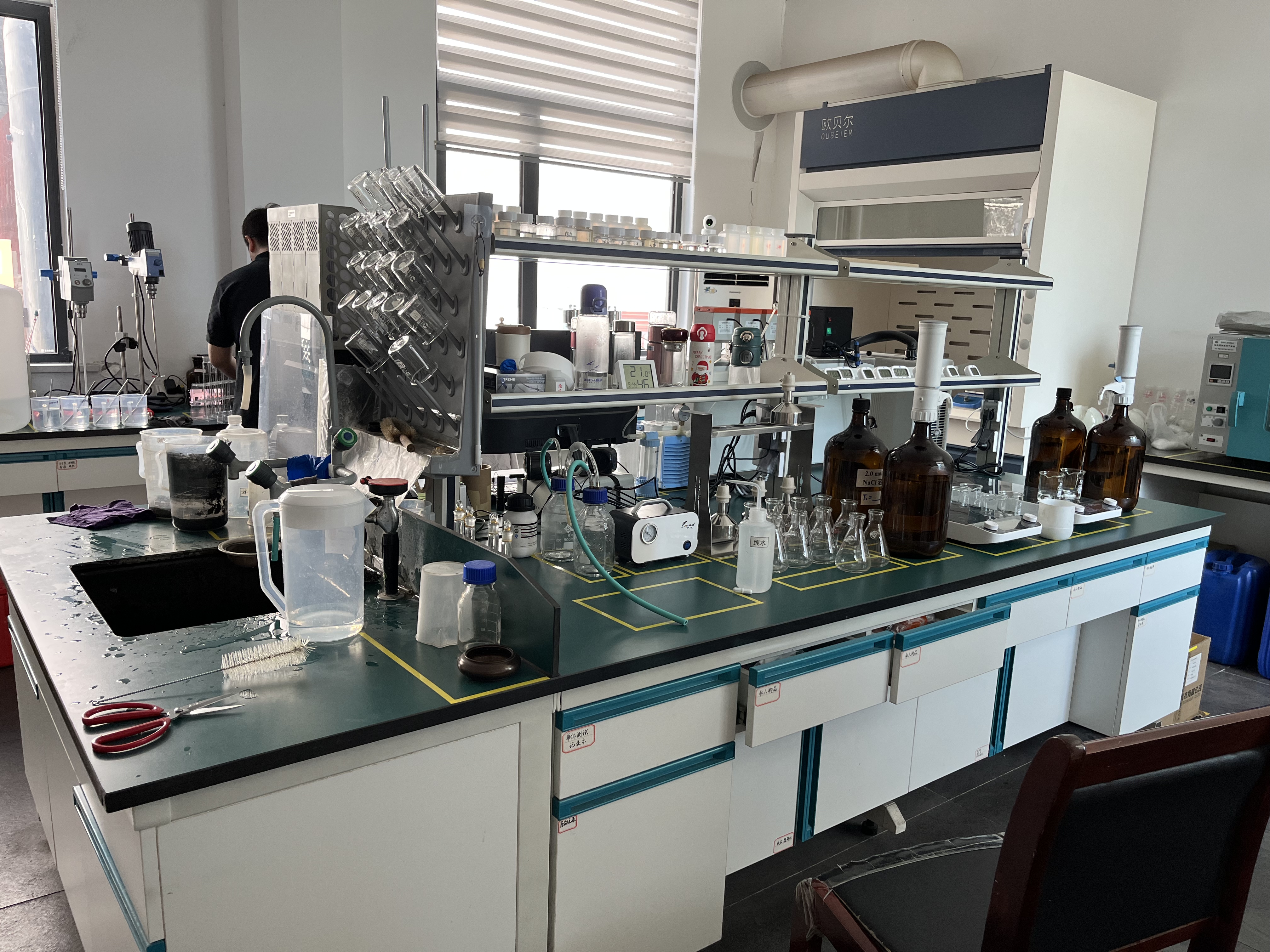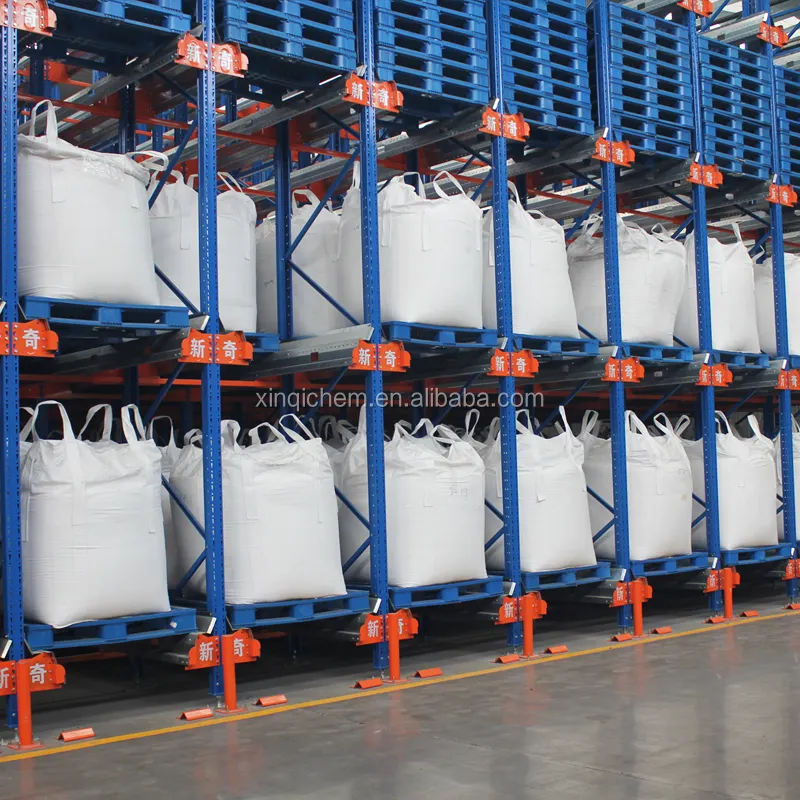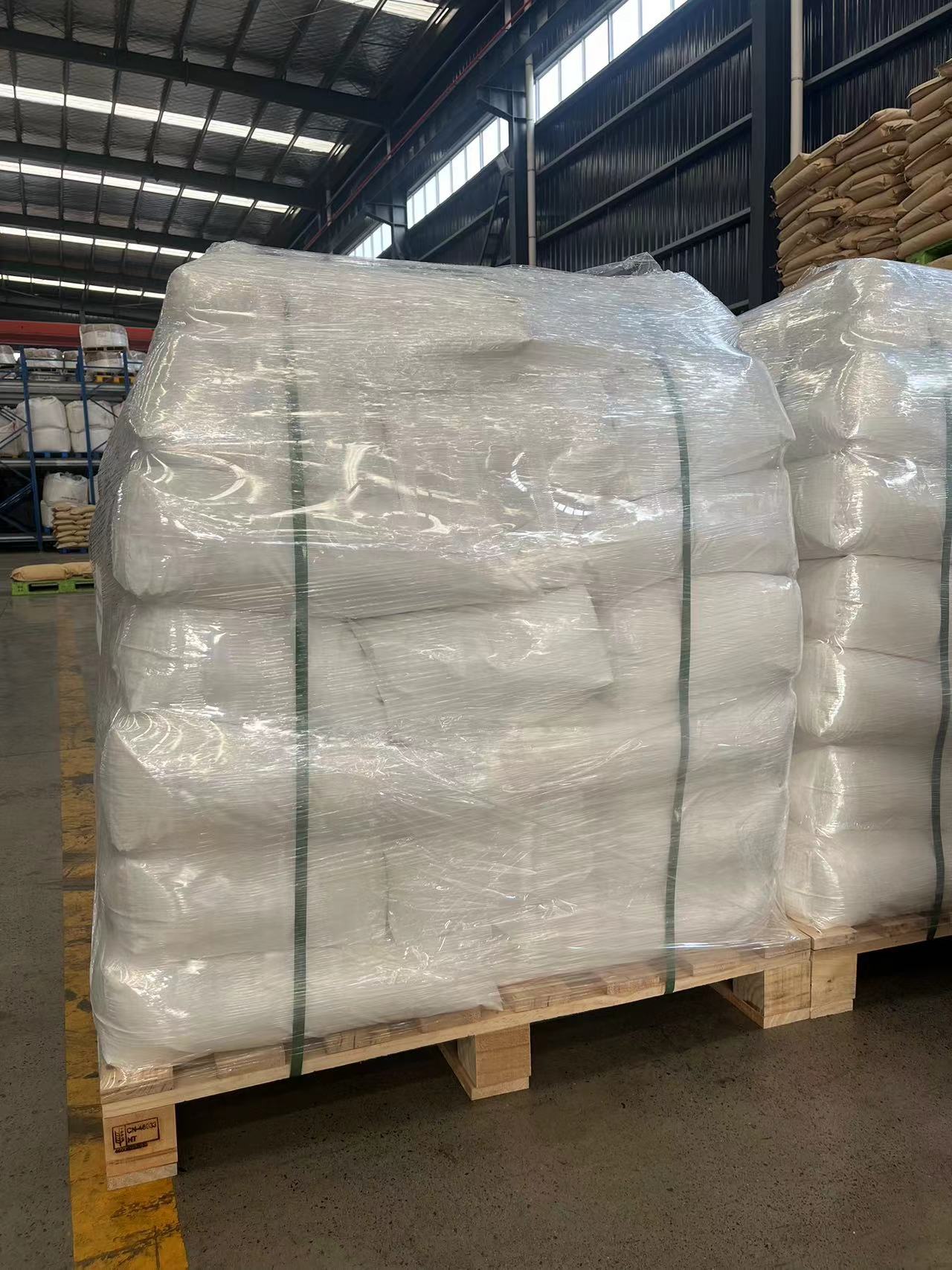Polyacrylamide: The Polymer Revolutionizing Water Treatment and Beyond
What is Polyacrylamide?
Polyacrylamide, often referred to as PAM, is a synthetic water-soluble polymer with remarkable properties. Its ability to absorb and retain water makes it a valuable material across various industries. Whether it’s being utilized for water treatment, agriculture, or even oil recovery, polyacrylamide has proven to be indispensable.
Applications of Polyacrylamide
Polyacrylamide is widely used in industries due to its unique properties. Below are some of its major applications:
- Water Treatment: Polyacrylamide is extensively used as a flocculant in wastewater treatment plants. It helps remove suspended particles and clarifies water efficiently.
- Agriculture: In farming, polyacrylamide is added to soil to improve water retention and reduce erosion. This ensures better crop yields and sustainable farming practices.
- Oil and Gas: The polymer is used in enhanced oil recovery processes, helping extract more oil from reservoirs.
- Paper Industry: It acts as a retention aid in paper manufacturing, improving the paper’s quality and reducing waste.
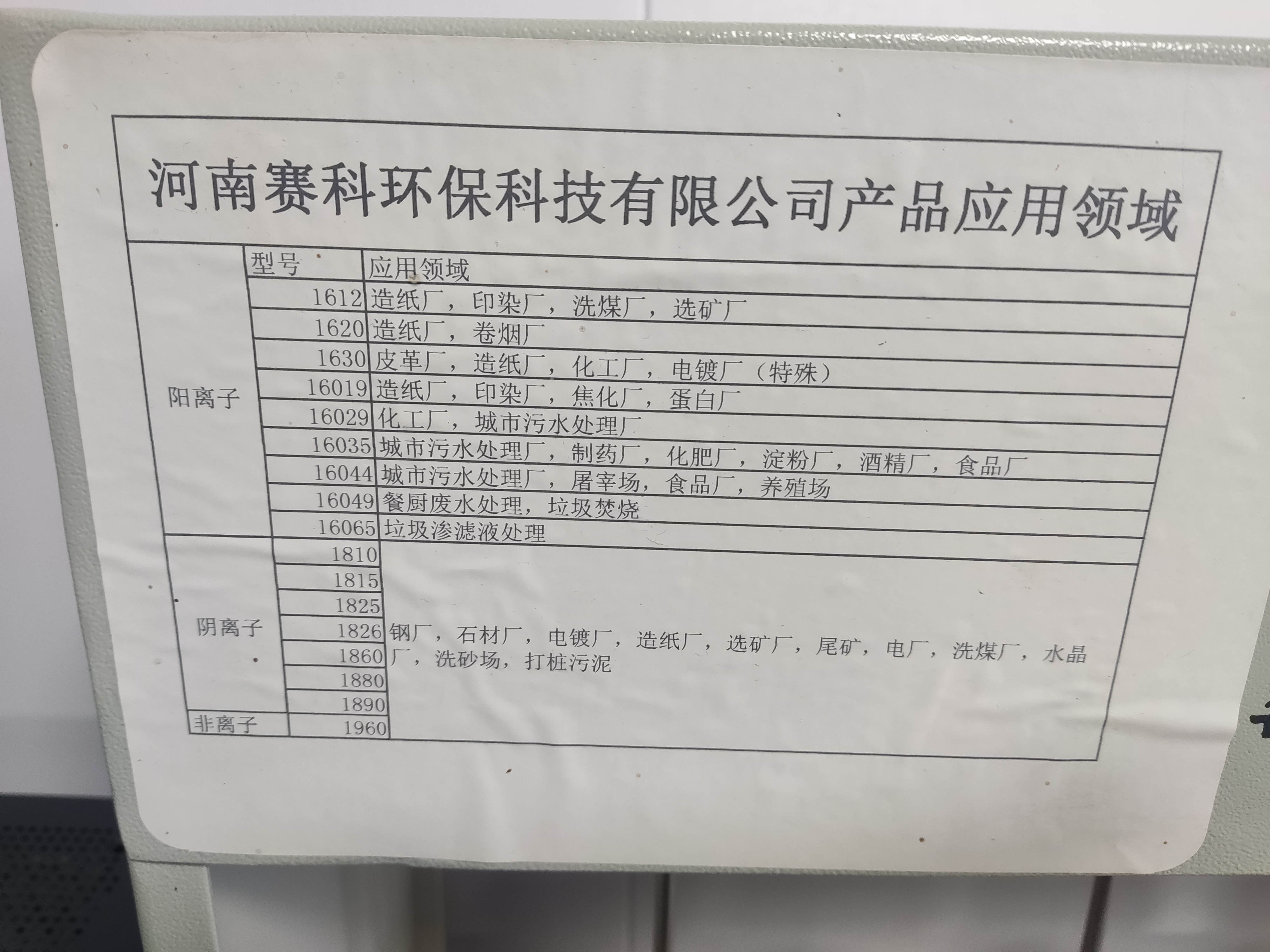
Key Benefits of Polyacrylamide
The versatility of polyacrylamide lies in its numerous benefits, which include:
- High Efficiency: Its ability to flocculate particles makes it highly efficient in water treatment and other industrial processes.
- Cost-Effective: A small amount of polyacrylamide can deliver significant results, making it a cost-effective solution.
- Environmentally Friendly: When used responsibly, polyacrylamide aids in reducing water pollution and soil erosion, contributing to a sustainable environment.
- Customizable: It can be tailored to meet the specific needs of various industries, providing a versatile solution for different challenges.
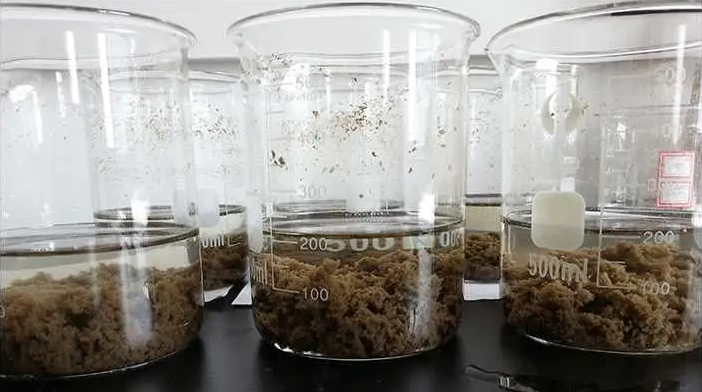
Conclusion
Polyacrylamide is a game-changer in industries such as water treatment, agriculture, and oil recovery. Its remarkable properties and wide range of applications make it a versatile and cost-effective solution for many challenges. As industries continue to evolve, the demand for this innovative polymer is only expected to grow.

